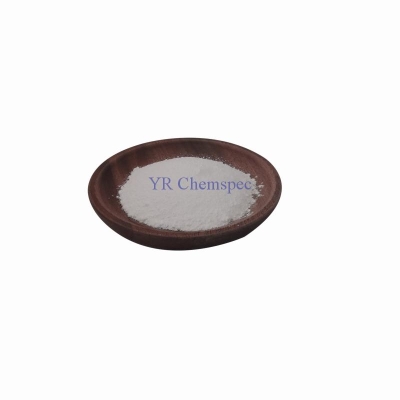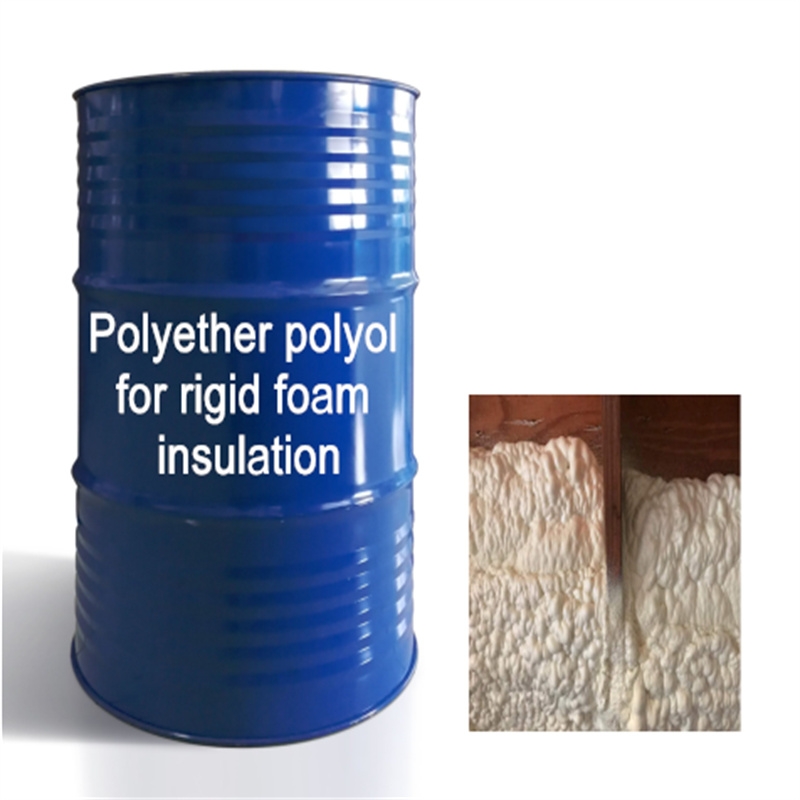-
Categories
-
Pharmaceutical Intermediates
-
Active Pharmaceutical Ingredients
-
Food Additives
- Industrial Coatings
- Agrochemicals
- Dyes and Pigments
- Surfactant
- Flavors and Fragrances
- Chemical Reagents
- Catalyst and Auxiliary
- Natural Products
- Inorganic Chemistry
-
Organic Chemistry
-
Biochemical Engineering
- Analytical Chemistry
- Cosmetic Ingredient
-
Pharmaceutical Intermediates
Promotion
ECHEMI Mall
Wholesale
Weekly Price
Exhibition
News
-
Trade Service
The selection of qualified wire and cable products is related to the safety of
people's production and life.
For ordinary consumers, in addition to mastering how to select qualified wire and cable products, it is also necessary to understand the routine monitoring knowledge of wire and cable
.
In the quality inspection of wire and cable, there are mainly the following important indicators
.
Insulation resistance test:
Insulation resistance reflects the important indicators of the insulation characteristics of wire and cable products, which is closely related
to the electrical strength of the product, dielectric loss, and the gradual deterioration of the insulation material in the working state.
For communication cables, too low insulation resistance between lines will also increase loop attenuation, crosstalk between loops, and long-distance power supply leakage on the conductive core, so the insulation resistance is required to be higher than the specified value
.
Measuring insulation resistance can find defects in the process, such as insulation drying and impermeability or sheath damage and moisture; Contamination of insulation and mixing of conductive impurities; Cracking of the insulation layer caused by various reasons, etc
.
In the operation of wires and cables, it is often necessary to detect insulation resistance and leakage current as the main basis
for whether safe operation can continue.
At present, the measurement of insulation resistance of wires and cables, in addition to the use of ohmmeter (shake meter), commonly used is the galvanometer comparison method high-resistance meter method (voltage-current method).
Capacitance and loss factor measurement:
When the cable is added to the AC voltage, there is a current flowing, and when the amplitude and frequency of the voltage are constant, the size of the capacitor current is proportional to the capacitance (Cx)
of the cable.
For ultra-high voltage cables, the current of this capacitor may reach a value comparable to the rated current, becoming an important factor
limiting the cable capacity and transmission distance.
Therefore, the capacitance of the cable is also one of the main electrical performance parameters of
the cable.
In the alternating current field, the insulator in the cable due to leakage current and various polarizations, will form dielectric loss, expressed by dielectric loss factor or loss tangent (TAN), it not only wastes electric energy, but also will make the medium (insulator) heat, accelerate insulation aging, so TAN is also one of the main parameters of
the cable.
Various insulation deterioration phenomena such as insulation moisture and insulation layer and shield detachment can be detected by measuring capacitance and loss factor, so capacitance and TAN measurements
are performed both in cable manufacturing and cable operation.
For high-voltage cables, Cx and TAN, measurements are carried out under their operating conditions, that is, power frequency and high voltage, usually using high-voltage Xilin bridges, and this year also began to use current ratio transformer bridges
.
Partial discharge measurement:
For oil-filled cables, there is basically no local power generation; Even if the oil-paper cable has partial discharge, it is usually very weak, such as several PCs, so these cables can be partially discharged
in factory tests.
For extruded cables, not only the possibility of partial discharge is large, but also partial discharge on plastics, rubber damage is also more serious, with the increase of voltage level, the increase of working field strength, this problem is more serious, so for high-voltage extruded cables, in the factory test to do partial discharge measurement
.
There are many measurement methods for partial discharge, and the discharge pulse can be measured according to the instantaneous charge exchange generated by the discharge (electrical measurement method); The voltage can also be measured according to the ultrasonic waves generated during discharge (acoustic method); The intensity of light can also be measured according to the light generated by the discharge (photometry).
For cables, the electrical measurement method
is basically used.
The selection of qualified wire and cable products is related to the safety of
people's production and life.
For ordinary consumers, in addition to mastering how to select qualified wire and cable products, it is also necessary to understand the routine monitoring knowledge of wire and cable
.
In the quality inspection of wire and cable, there are mainly the following important indicators
.
Insulation resistance test:
Insulation resistance reflects the important indicators of the insulation characteristics of wire and cable products, which is closely related
to the electrical strength of the product, dielectric loss, and the gradual deterioration of the insulation material in the working state.
For communication cables, too low insulation resistance between lines will also increase loop attenuation, crosstalk between loops, and long-distance power supply leakage on the conductive core, so the insulation resistance is required to be higher than the specified value
.
Measuring insulation resistance can find defects in the process, such as insulation drying and impermeability or sheath damage and moisture; Contamination of insulation and mixing of conductive impurities; Cracking of the insulation layer caused by various reasons, etc
.
In the operation of wires and cables, it is often necessary to detect insulation resistance and leakage current as the main basis
for whether safe operation can continue.
At present, the measurement of insulation resistance of wires and cables, in addition to the use of ohmmeter (shake meter), commonly used is the galvanometer comparison method high-resistance meter method (voltage-current method).
Capacitance and loss factor measurement:
When the cable is added to the AC voltage, there is a current flowing, and when the amplitude and frequency of the voltage are constant, the size of the capacitor current is proportional to the capacitance (Cx)
of the cable.
For ultra-high voltage cables, the current of this capacitor may reach a value comparable to the rated current, becoming an important factor
limiting the cable capacity and transmission distance.
Therefore, the capacitance of the cable is also one of the main electrical performance parameters of
the cable.
In the alternating current field, the insulator in the cable due to leakage current and various polarizations, will form dielectric loss, expressed by dielectric loss factor or loss tangent (TAN), it not only wastes electric energy, but also will make the medium (insulator) heat, accelerate insulation aging, so TAN is also one of the main parameters of
the cable.
Various insulation deterioration phenomena such as insulation moisture and insulation layer and shield detachment can be detected by measuring capacitance and loss factor, so capacitance and TAN measurements
are performed both in cable manufacturing and cable operation.
For high-voltage cables, Cx and TAN, measurements are carried out under their operating conditions, that is, power frequency and high voltage, usually using high-voltage Xilin bridges, and this year also began to use current ratio transformer bridges
.
Partial discharge measurement:
For oil-filled cables, there is basically no local power generation; Even if the oil-paper cable has partial discharge, it is usually very weak, such as several PCs, so these cables can be partially discharged
in factory tests.
For extruded cables, not only the possibility of partial discharge is large, but also partial discharge on plastics, rubber damage is also more serious, with the increase of voltage level, the increase of working field strength, this problem is more serious, so for high-voltage extruded cables, in the factory test to do partial discharge measurement
.
There are many measurement methods for partial discharge, and the discharge pulse can be measured according to the instantaneous charge exchange generated by the discharge (electrical measurement method); The voltage can also be measured according to the ultrasonic waves generated during discharge (acoustic method); The intensity of light can also be measured according to the light generated by the discharge (photometry).
For cables, the electrical measurement method
is basically used.







